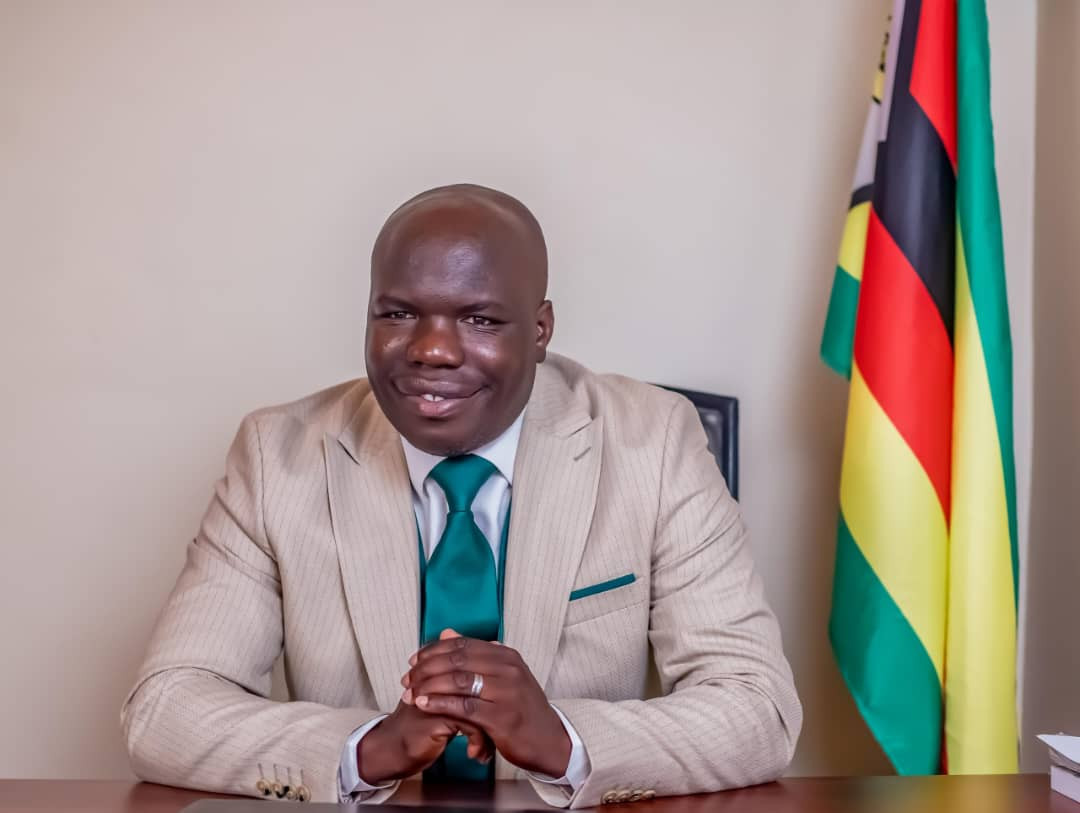
In 1985 when I was a student at London University, I listened to a lot of Capital Radio’s DJs. Capital Radio was just a stone’s throw away from my college and sometimes I would simply walk to the station in Euston Tower to see these DJs in person. One of my favourite DJs was David Rodigan, a white DJ who played a lot of black music in a programme he called Roots Rockers on the station.
One evening I was listening to Rodigan during his shift on Capital Radio and he paused a phone-in quiz to his listeners. The correct answer to the question which was “What was the name of Bob Marley’s wife?” was to be rewarded with five CDs. I phoned in and to my surprise, I became the winner of those five CDs, which I went to collect the next day.
After collection, I realised that I had a problem. I didn’t have a CD player. I tried to sell the CDs to fellow students, but they had the same problem as me. It took me two months of savings to enable me to buy a CD player. I later realised that Capital Radio had been on a sponsored promotional campaign to get people to buy CD players in a bid to get them to move away from vinyl records which were popular at the time. By giving away free CDs, one would be compelled to end up buying a CD player, like I did. It was a commercial gimmick which worked.
This was new technology at my doorstep. It took me a while to accept it as I had been collecting a lot of vinyl records all my life. After a while, CD players became the fashion as everyone I knew had CD players in their homes and even in their cars.
People often ask: “What sounds better vinyl or CD?”
As someone who grew up on the vinyl platform, I always find it difficult to answer this question.
The war between analog (vinyl) and digital sound will continue among audiophiles. While purists and retro aficionados will insist vinyl sounds purer and better, their progressive counterparts believe in the accuracy of technology.
Allow me to get a bit technical here.
From a technical standpoint, digital CD audio quality is clearly superior to vinyl. CDs have a better signal-to-noise ratio (thus, there is less interference from hissing, turntable rumble, etc.), better stereo channel separation, and have no variation in playback speed. The arguments against digital audio come from the fact that no matter how precise the sampling (~44 000 times per second is standard), the breaking down of music into binary data can never match the smooth and continuous nature of analog vinyl. Just like a million little square pixels can never make a perfect curve in a picture if you look closely enough.
Vinyl, undeniably prone to physical interference and noise, has a growing reputation for a warmer, more life-like sound. The technical arguments for this usually centre on the inherent jaggedness of digital sampling, despite the fact that high sample rates combined with anti-aliasing (smoothing of the edges) technically negates this argument. However, the subjective claim of an overall “better” sound certainly remains among many enthusiasts and professional musicians.
Recently, especially in Europe, there has been a resurgence of vinyl records. That brings me to the present vinyl versus CDs debate.
First of all, what we were used to in the 1980’s were vinyl records. Not anybody can make vinyl records as the process involves a lot of technology.
I had the opportunity to visit the BBC’s record processing plant at Bush House in London to look at how vinyl records were made after becoming friends with Hylton Fyle, a DJ at the station.
The process of changing a recorded studio master tape into a vinyl record starts on a cutting lathe, basically a heavy turntable with a head for cutting. It looks just like a record player’s turntable but is much heavier, with a cartridge that can cut like a cutting tool.
The turntable has to be so heavy so that only the sound vibrations from the master tape get cut onto the disc. The master disc is made of aluminium coated with acetate plastic. Just above the turntable, a heat lamp softens the plastic to make it ready for cutting. The cutting head is similar to the pick-up on a record player except that everything happens in reverse. Instead of the pick-up turning the record’s vibrations into an electric current which can then be made into sound, the cutting head turns the signals from the tape into actual vibrations that are cut into the plastic. A stereo cutting head moves from side to side for one channel and up and down for the other. It is also heated to make a smooth cut, and a vacuum pipe sucks up the wasted threads of plastic in the same way the dentist’s vacuum pipe sucks up pieces of filling from one’s mouth.
The next process is called “silvering”. After the disc master (sometimes referred to as the lacquer) has been washed to remove grease and dust, a very thin film of silver is deposited on it in a special chemical solution.
With silver on it, the master disc which is coated with nickel, is now able to conduct electricity in a process called electroplating.
After all this has been done, the old acetate master is stripped away leaving a metal inside-out copy called a negative master or a stamper. Finally the negative master can ow be used to stamp out lots of actual records which one can now play on a vinyl record player.
The process of printing vinyl discs and recording high-quality analog audio remains largely in the hands of experts, as the required equipment is expensive on the one hand..
On the other hand, new technology which came in the 1980’s when music technocrats started to find better ways of improving the quality of both the cassette tape and vinyl record brought in the compact disc (CD).
CD laboratories were built. Once inside the CD factory one would be forgiven for thinking that this was a James Bond movie set. Mastering laboratories bathed in orange light with just one occupant who is covered from head to foot in a protective clean suit is one phenomenon encountered. Anyone entering that clean zone factory is dusted off using jets of air.
The artiste’s master tape is copied and broken into digital data before going into the orange laboratory where the sound is copied onto light sensitive, highly polished glass by laser beam.
From a silver and nickel coated master, stampers are born. The father stamper is the one with bumps (as opposed to grooves) and this is used to press out the CDs at the rate of one in every ten seconds or six every minute.
This is the polycarbonate product which we eventually buy in the shops.
One CD pirate from Mbare to whom I was trying to explain this process exclaimed: “What nonsense! Tell that to your students at the University. Where does anybody think we can get that kind of money to set up such factories? When a CD is made, we just copy it on our computers and sell it to the public. It’s cheap and we also sell the CDs cheaply. Two for a dollar!”
The introduction of the CD opened the door for anyone with a modern computer to create their own CDs at a very cheap cost. Digital audio can be shared easily and instantly, which has led to a major decentralization of the entire music business. Now amateurs can digitally record music, create CDs, and sell the music directly to vendors who in turn sell them to the public on the streets.
The CD format was established by a collaboration between Philips and Sony, and became commercially available in 1982. Ironically, many of the early adopters of the new digital technology were audiophiles and classical music lovers — the same niche of buyers that is now associated with the vinyl resurgence. The digital compact disc format evolved into multiple forms to handle data (CD-ROM, DVD, Blu-ray). Sales of audio CDs have been declining in recent years, mostly due to the growth of music downloads and music piracy.
Although vinyl record technologies can be traced back to the phonautograph of the 1850s, modern vinyl records didn’t really become the standard until the 1930s, when RCA introduced their 78 rpm vinyl discs. After the second world war (WWII), 33 and 45 rpm microgroove records became available. Eventually 12-inch 33 rpm LPs became the standard for vinyl albums, while seven-inch discs became EPs.
As we no longer manufacture vinyl records in Zimbabwe since Gramma Records sold their record manufacturing plant, there is probably no longer the need for this kind of debate anymore.
- Feedback: frezindi@gmail.com










